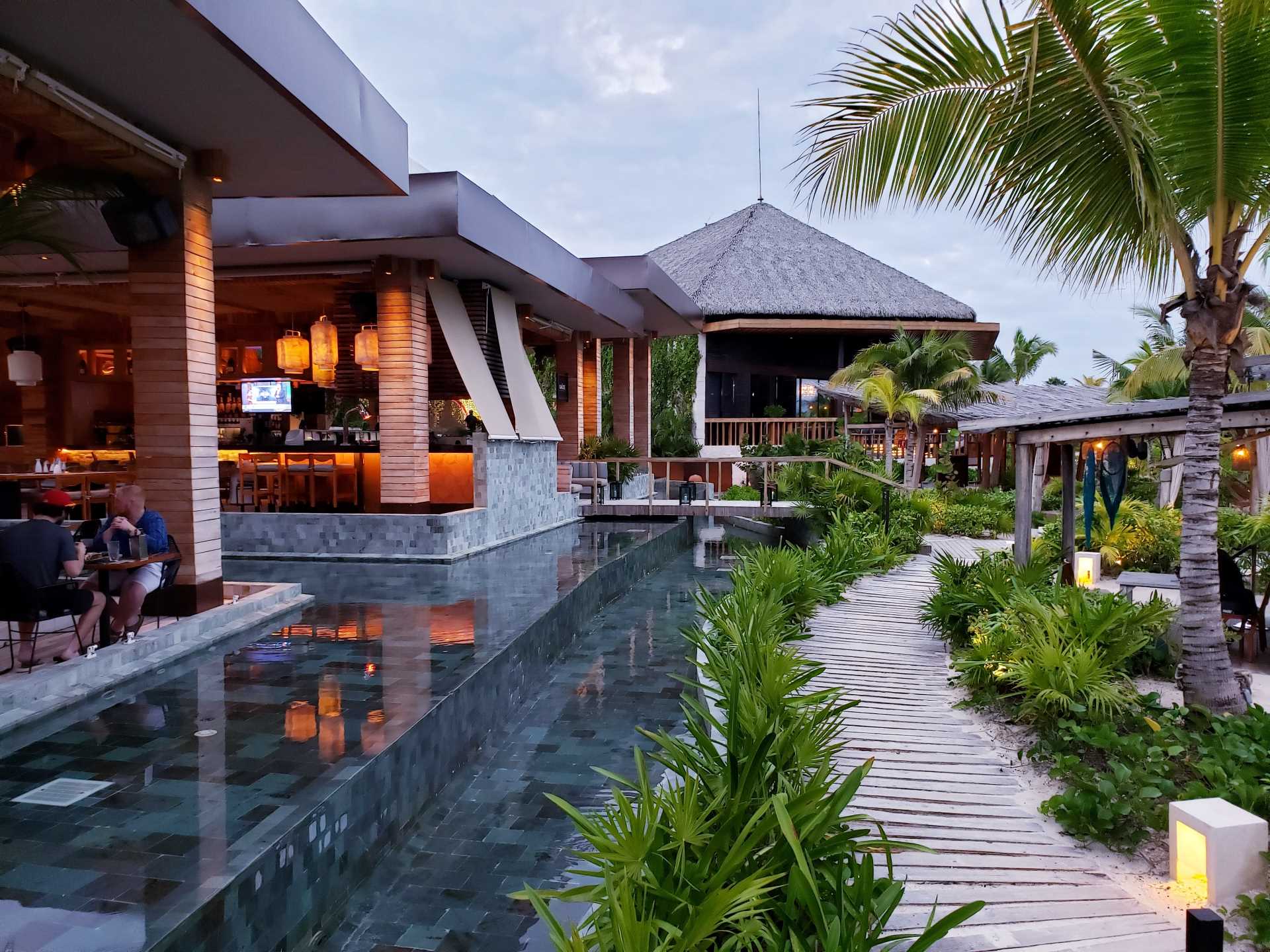
Water has been used in architecture and design for centuries, from the grand fountains and reflecting pools of ancient Rome to the modernist water features of contemporary skyscrapers. But in recent years, the incorporation of water in architecture has become a popular design trend in even the most basic of designs. So, what is it about water that has captured the imagination of architects and designers?
In this blog post, we’ll explore the reasons behind this trend and examine some of the most striking examples of water and architecture – remember, it’s more than just a vital resource for sustaining life.
Water and Architecture: A Mammoth in Design
Water Features – Tranquillity & Calmness
Water has always been associated with tranquility and calmness. In a world where stress and anxiety are increasingly prevalent, the sound and sight of water can provide a welcome respite from the hustle and bustle of modern life. This is why water features such as fountains and waterfalls have long been a staple of public spaces, from plazas to parks. However, in recent years, architects have started to incorporate water in more innovative ways, such as creating water walls and moats around buildings. These architecture with water designs not only create a soothing atmosphere, but they also help to cool the surrounding area, which can be especially beneficial in hot climates.
Water Installation – Traditional & Spiritual
Secondly, water has a symbolic significance in many cultures. In some traditions, it represents purification and renewal, while in others, it is associated with life and vitality. By incorporating elements of water design architecture, architects can create a sense of spiritual or emotional significance. For example, the reflecting pools at the National September 11 Memorial in New York City (Twin Towers – World Trade Centre) serve as a reminder of the lives lost in the tragedy, while also symbolizing the resilience and strength of the American people.
Small Scale Aquariums – Versatility
Another reason why water has become a popular design trend is its versatility. Small scale water design architecture can be incorporated in a variety of ways, from small-scale features such as tabletop fountains to large-scale installations like swimming pools and aquariums. This means that architects have a wide range of options when it comes to incorporating water into their designs, making it a flexible and adaptable element.
Staple Water Design – A Symbol of Transformation
One of the most striking examples of water in architecture is the Marina Bay Sands in beautiful Singapore. This iconic building features a rooftop infinity pool that stretches across the entire length of the building. The pool not only provides a stunning view of the cityscape, but it also serves as a symbol of the city’s transformation into a modern metropolis. Incorporating water features into a city’s landscape can create a sense of identity and place, which can enhance the city’s image and attract visitors.
Looking for More Ways to Incorporate Architecture with Water?
As one of the leading architecture firms Brisbane has, Clements Clarke Architects are here to bring your ideas to life. Interested in having your home plans drafted by our team? Do they include water and architecture together? Get in touch with us on 07 3852 3944 today or reach out through our online form.

